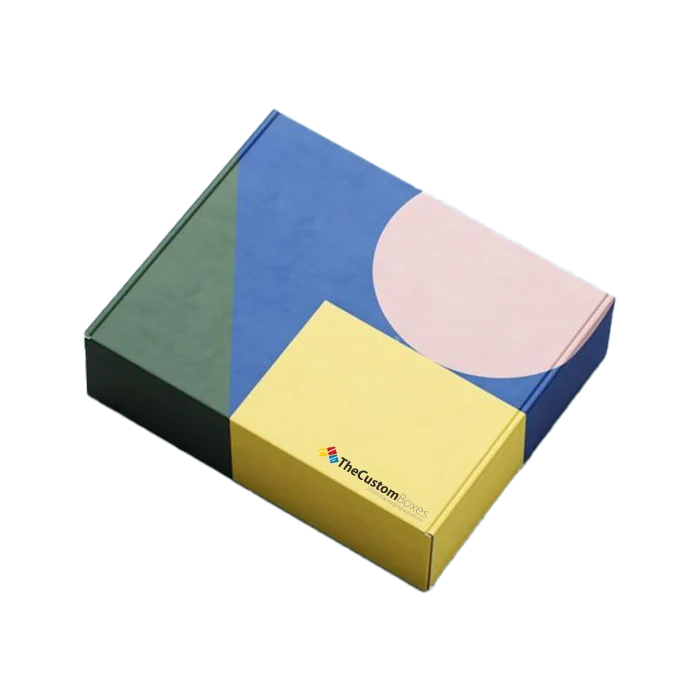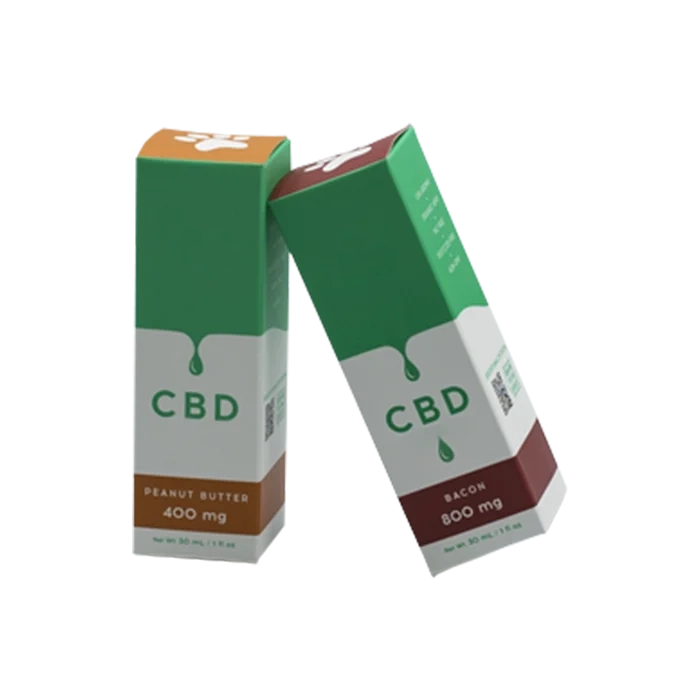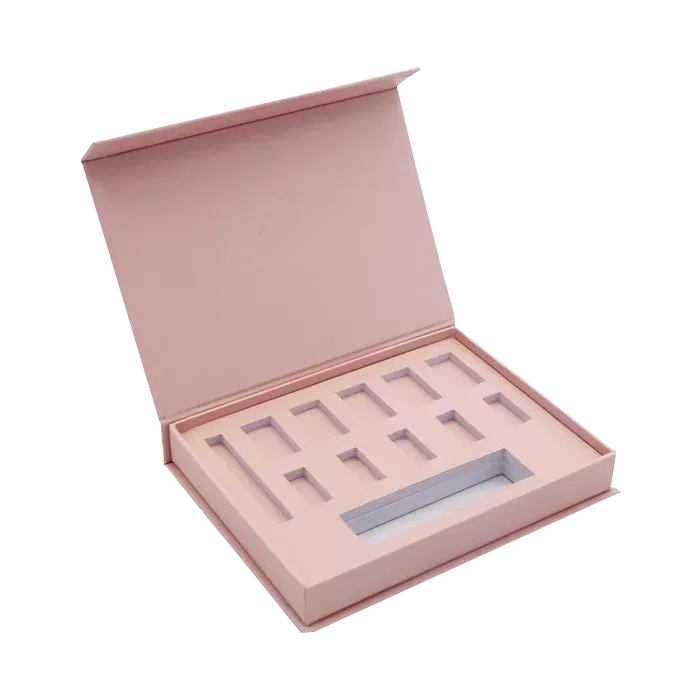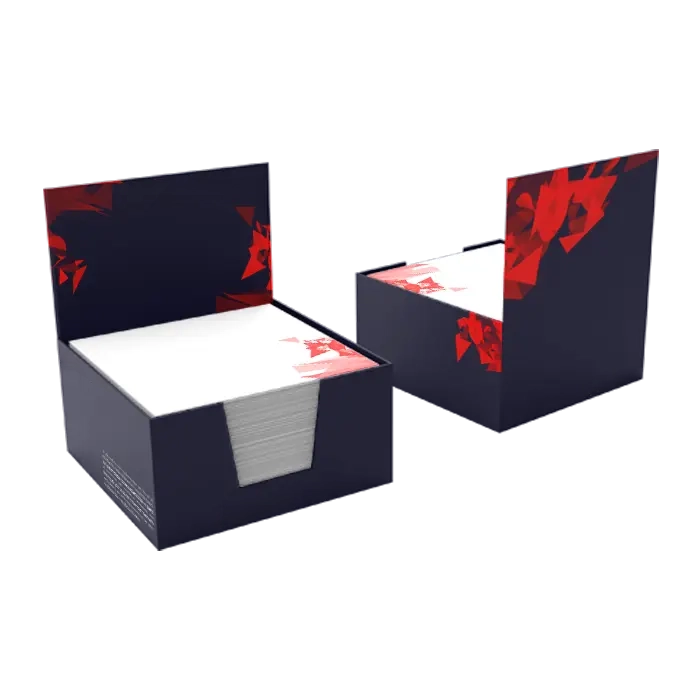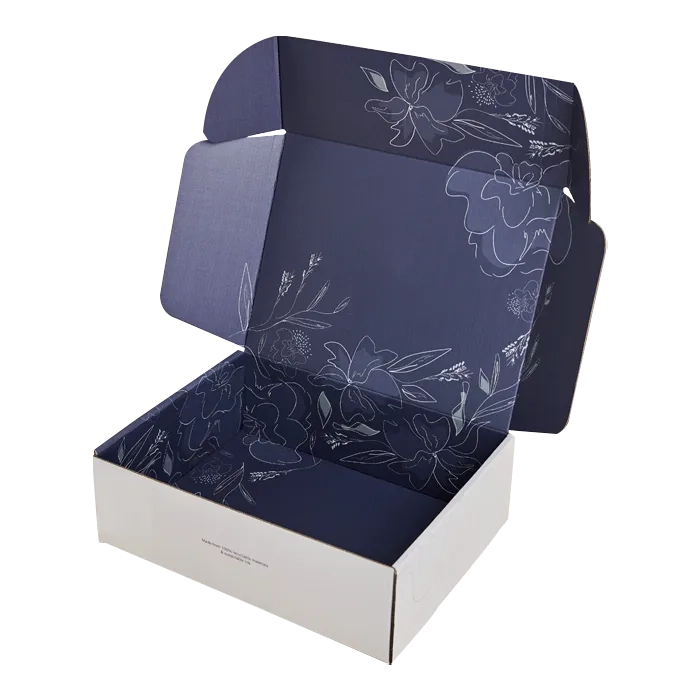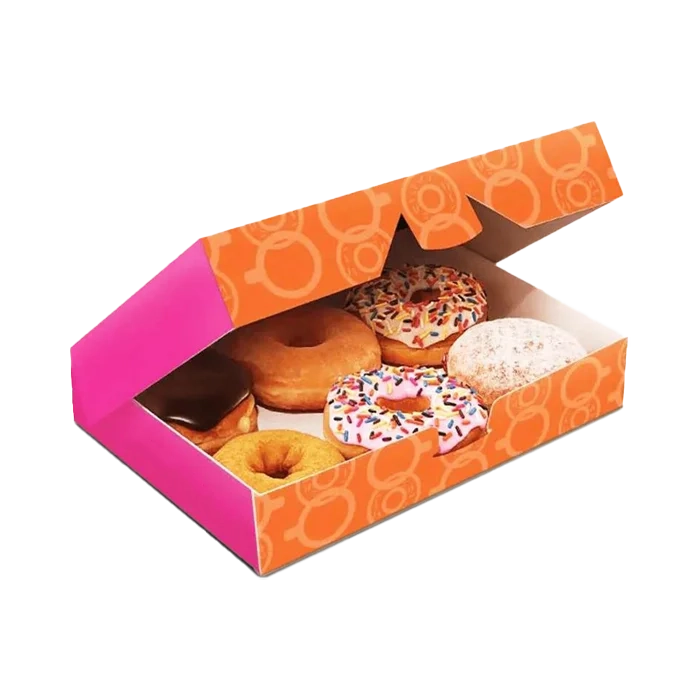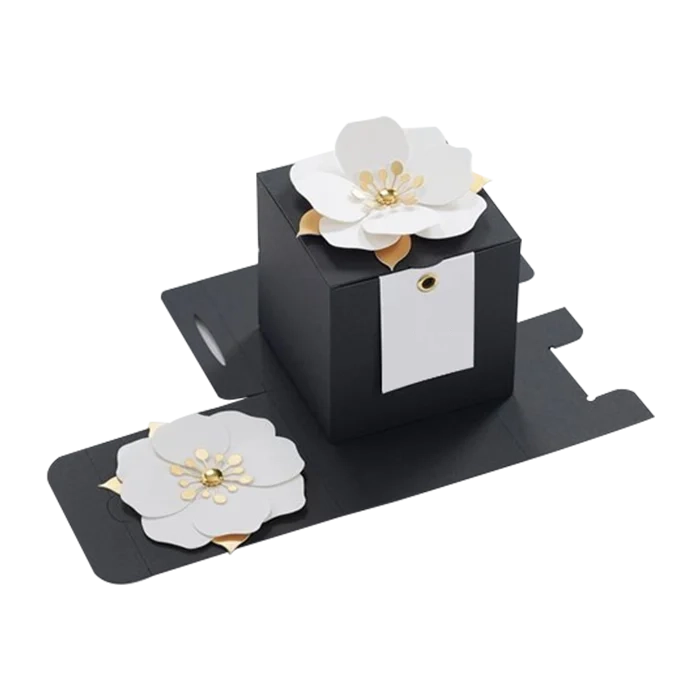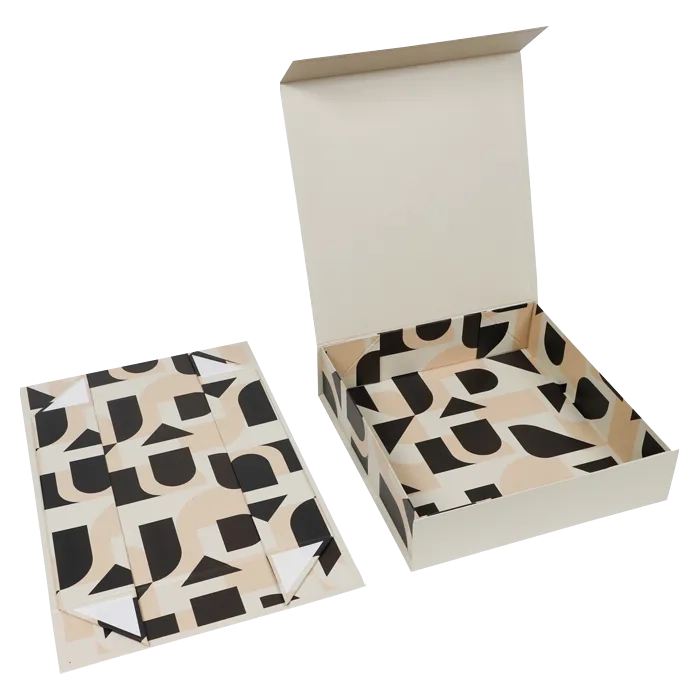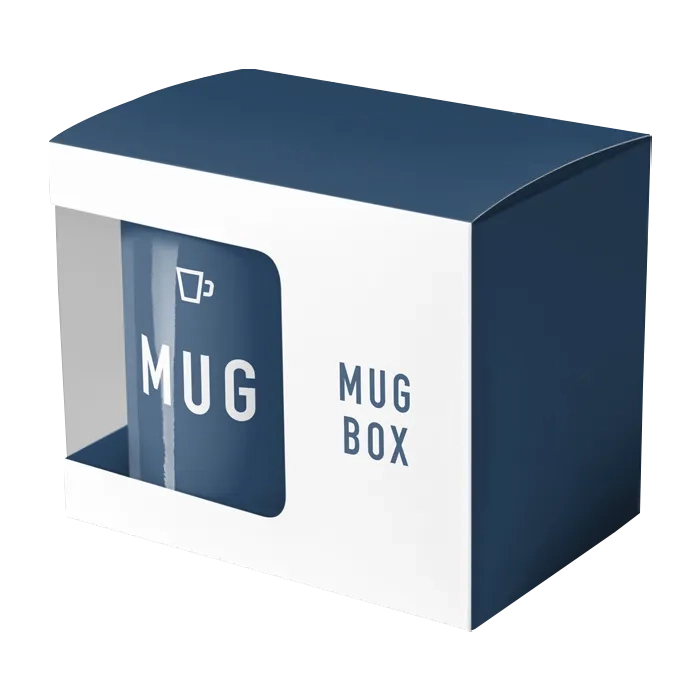Selecting the right packaging for your products is crucial for protecting them, enhancing their appeal, and reflecting your brand’s identity. The right packaging can also improve customer experience and streamline logistics. In this blog post, we will provide practical tips for choosing the best packaging materials, sizes, and styles for various types of products.
1. Understand Your Product Requirements
- Protection Needs: Consider the fragility and durability of your product. Delicate items may require cushioning, while sturdy products might need less protective packaging.
- Size and Shape: The dimensions of your product will dictate the size and shape of the packaging. Ensure the packaging fits snugly to prevent movement during transit.
- Weight: Heavier products need more robust packaging materials to ensure safe delivery without damage.
2. Know Your Audience
- Preferences: Understand the preferences and values of your target audience. For example, eco-conscious consumers may prefer sustainable packaging options.
- Experience: Consider the unboxing experience you want to provide. Luxury brands might opt for high-end materials and elegant designs, while playful brands might choose colorful and whimsical packaging.
3. Choose the Right Materials
- Cardboard and Paperboard: These materials are versatile, recyclable, and can be used for a wide range of products. They are suitable for lightweight to moderately heavy items.
- Plastic: Durable and flexible, plastic is ideal for products that need protection from moisture or impact. Opt for recyclable or biodegradable plastics to reduce environmental impact.
- Glass: Perfect for products that need to remain airtight, such as food and beverages. Glass is fully recyclable and provides a premium feel.
- Metal: Strong and durable, metal packaging is great for products that require extra protection. It is also recyclable and can add a premium touch to the packaging.
4. Consider Sustainability
- Eco-Friendly Materials: Choose materials that are recyclable, biodegradable, or made from renewable resources. Sustainable packaging can attract environmentally conscious consumers and enhance your brand’s image.
- Minimalist Design: Reduce excess packaging to minimize waste. Use the least amount of material necessary to protect the product and convey the brand message.
5. Focus on Branding
- Consistent Design: Ensure your packaging design aligns with your brand’s visual identity. Use consistent colors, logos, and typography to strengthen brand recognition.
- Storytelling: Use your packaging to tell your brand’s story. Include elements that convey your brand’s values, mission, and personality.
6. Evaluate Cost-Effectiveness
- Budget: Determine your packaging budget and find materials and designs that meet your needs without exceeding costs. Balance quality with affordability.
- Bulk Purchasing: Consider buying packaging materials in bulk to reduce costs. However, ensure you have adequate storage space and that the materials won’t degrade over time.
7. Test Your Packaging
- Prototype: Create prototypes of your packaging and test them for durability, ease of use, and overall appearance. Make adjustments based on the feedback.
- Feedback: Gather feedback from customers to understand their experience with your packaging. Use this information to make improvements and enhance customer satisfaction.
8. Stay Compliant with Regulations
- Labeling Requirements: Ensure your packaging complies with labeling regulations in your target markets. Include necessary information such as ingredients, usage instructions, and safety warnings.
- Safety Standards: Adhere to safety standards for packaging materials, especially for food, cosmetics, and pharmaceuticals.
Conclusion Choosing the right packaging for your products is a strategic decision that impacts your brand’s image, customer experience, and operational efficiency. By understanding your product requirements, knowing your audience, selecting appropriate materials, and focusing on sustainability and branding, you can create packaging that protects your products, delights your customers, and supports your business goals. Remember to test your packaging and stay compliant with regulations to ensure the best possible outcome for your brand.

